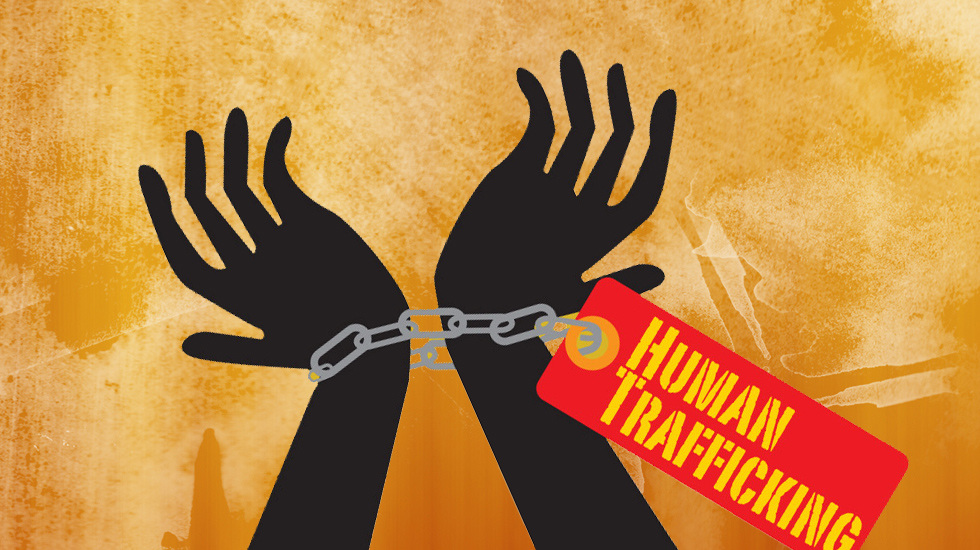December 2 is the International Day for the Abolition of Slavery. To effectively address this very contemporary crime while marking the day, the United Nations Office On Drugs and Crime (UNODC) and the Walk Free Foundation (founded by Australian philanthropists Andrew and Nicola Forrest in 2012) announced the signing of an agreement that will enable both organizations to work together to estimate the number of victims of human trafficking.
The agreement entails using a common, innovative methodology and to develop estimates of human trafficking for an initial four European countries. This will provide much needed prevalence data on human trafficking at the national level and will also build relevant knowledge about how to measure this serious crime.
The methodology is known as “multiple systems estimation”. It uses an adaptation of the statistical method ‘capture-recapture’, commonly used to estimate the size of an unknown population. The methodology has recently been applied to measure trafficking in persons in the Netherlands. Some previous studies estimated that there are between 10,000 to 13,000 victims in the United Kingdom and more than 17,000 in the Netherlands, according to undoc.org.
While many think such crimes are relics of the past, trafficking and slavery still happen nowadays, and criminals continue to find new ways to exploit the vulnerable ones and extract their labor or services by force. Whether this takes the form of the sexual enslavement of women in conflict areas, exploitation through forced labor, trafficking for begging or any of the other forms countries have reported around the world, these crimes are far from being eliminated.
The focus of the day is on eradicating contemporary forms of slavery, such as trafficking in persons, sexual exploitation, the worst forms of child labor, forced marriage, and the forced recruitment of children for use in armed conflict.
According to the International Labor Organization (ILO), there are currently an estimated 21 million forced labor victims worldwide, creating $150 billion in illegal profits in the private economy each year.
ILO has adopted a new legally binding protocol designed to strengthen global efforts to eliminate forced labor, which entered into force in November.
The ‘50 for Freedom’ campaign aims to persuade at least 50 countries to ratify the Forced Labor Protocol by 2018.
Among the 21 million victims of forced labor – 11.4 million are women and girls and 9.5 million men and boys; 19 million victims are exploited by private individuals or enterprises and over 2 million by the state or rebel groups, the ILO says.
Of those exploited by individuals or enterprises, 4.5 million are victims of forced sexual exploitation. Domestic work, agriculture, construction, manufacturing and entertainment are among the sectors most concerning.
Additionally, migrant workers and indigenous people are particularly vulnerable to forced labor.


